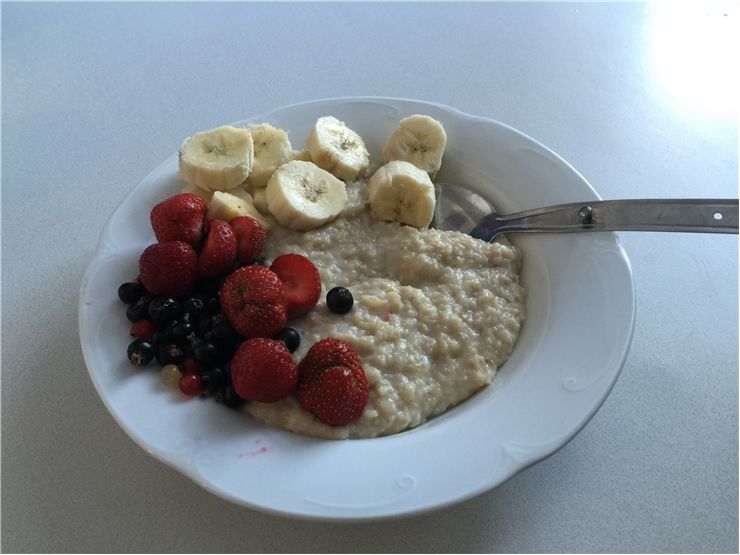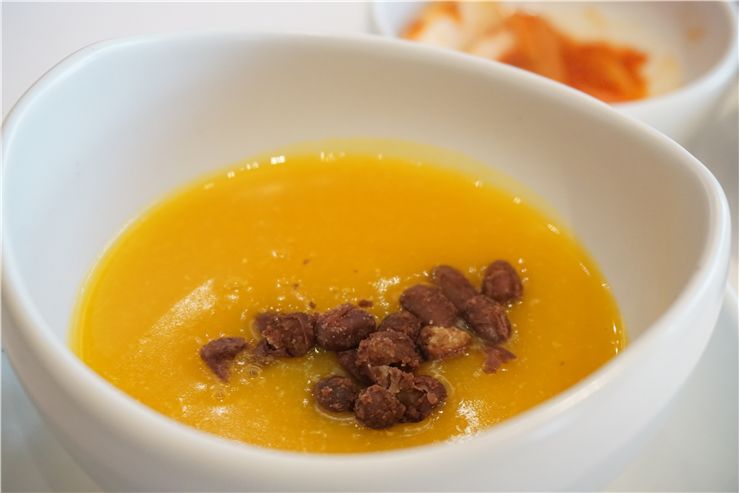History of Porridge - Health Benefits of Oat Porridges
Porridge is a type of food which is made by boiling ground, crushed, or chopped cereal in water, milk, or even both. It can be additionally flavored, it is usually served hot and eaten as a breakfast dish. Porridge can also be spelled porage, porrige, or parritch.
We make porridge as food for hundreds of years at is a traditional food in Europe and Russia before we learned to prepare leavened bread. It is often prepared with meats, root crops, vegetables and herbs which add flavor. Other eat porridge with salt, butter, sugar, milk or cream. Some places consider it food for the poor and British prison system, for instance, used it as a prison food for inmates (hence a term “doing porridge” for a sentence in prison). Today it is considered very healthy. It is used as a food for ill because it is easy to digest and it is often eaten by athletes in training.
There are many different types of porridge. Oats porridge can be “groats” (made from unprocessed oats or wheat); “kasha” (popular in Eastern Europe and Russia); and “burgoo” (coarse oatmeal and water made in British Royal Navy during the Napoleonic Wars). Some of maize porridge types are “atole” (corn flour in water or milk popular in Mexico); “champurrado” (atole with chocolate and sugar); “tsampurado” (champurrado with rice instead of corn); “gachas” (porridge made in Spain of maize or grass peas along with roasted almonds and croutons of bread fried in olive oil); and “kachamak” (maize porridge still popular in the Balkans). Wheat porridge types are “frumenty” (eaten in the times of ancient Rome and made of boiled wheat); sour cream porridge (popular in Norway and served with sugar, cinnamon, cured meats, or hard-boiled eggs); and Upma (fried semolina porridge traditional in southern India). Rice porridges are congee (Popular in Asia and prepared in many different ways), kheer (or ksheer is a traditional Indian sweet meal), orez în lapte (dish made in Romania and flavored with cinnamon, jam, cocoa powder and other things), and frescarelli (typical meal from Marche region of Italy made of made of overcooked rice and white flour).
There are many benefits of eating porridge. Here are some of them:
- Porridge has high amounts of dietary fiber. Dietary fiber give feeling of fullness when eaten which prevents overeating and regulates appetite. Fiber also helps keep blood-sugar levels in the normal zone by helping slow the absorption of sugar which reduces the risk of developing Type 2 diabetes. Insoluble fiber helps movement of waste through digestive tract and prevents constipation.
- High amount of complex carbohydrates is also one of characteristics of porridge. They give energy to brain and the rest of the body and are slowly digested which gives off energy during a longer period of time.
- Porridge also has a high content of phosphorus which body stores in bones and uses for production of energy, filtering of waste through the kidneys and recovery of muscle tissues after intense exercise.
- Calcium is also an ingredient of porridge. Body uses calcium to build bones and make them stronger. If porridge is prepared with milk it has even higher amounts of calcium.
- One more ingredient of porridge is vitamin A which body uses for vision, and cell and tissue growth and reproduction. Vitamin A is an antioxidant which destroys free radicals and boosts immunity.
- Our body uses iron for the production of myoglobin and hemoglobin which transport oxygen in blood. Porridge has high amounts of iron.
- Porridge also contains protein, zinc, iron, magnesium, antioxidants, vitamin B, vitamin E and phytochemicals which are useful to the body and boost immunity.

